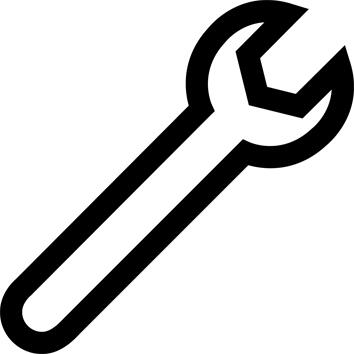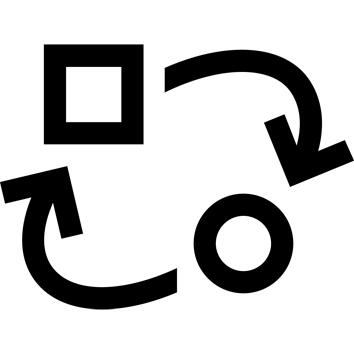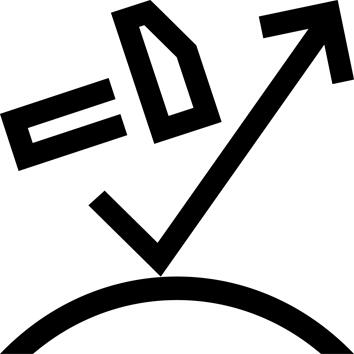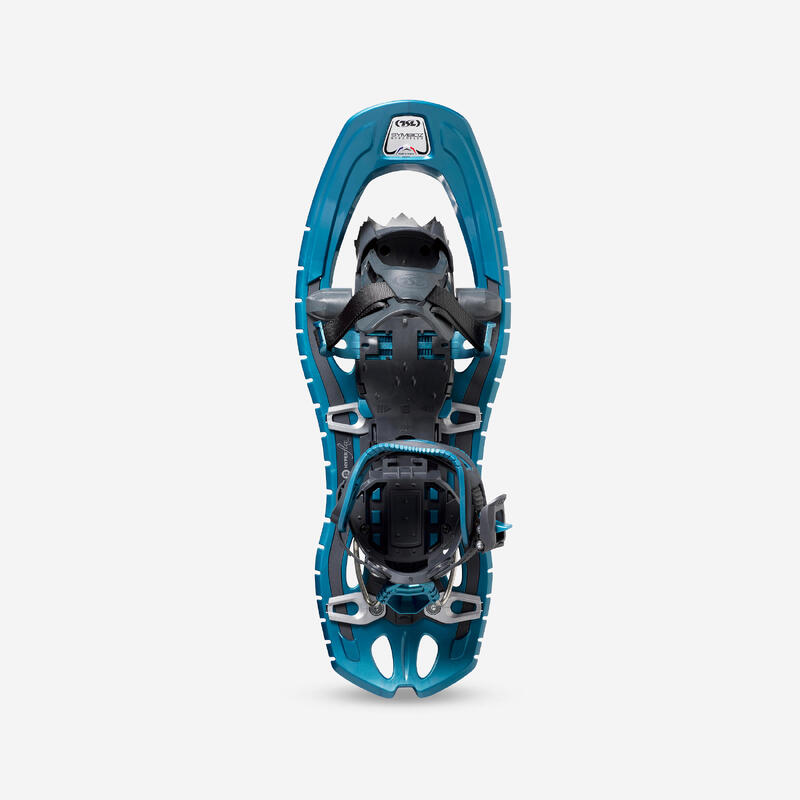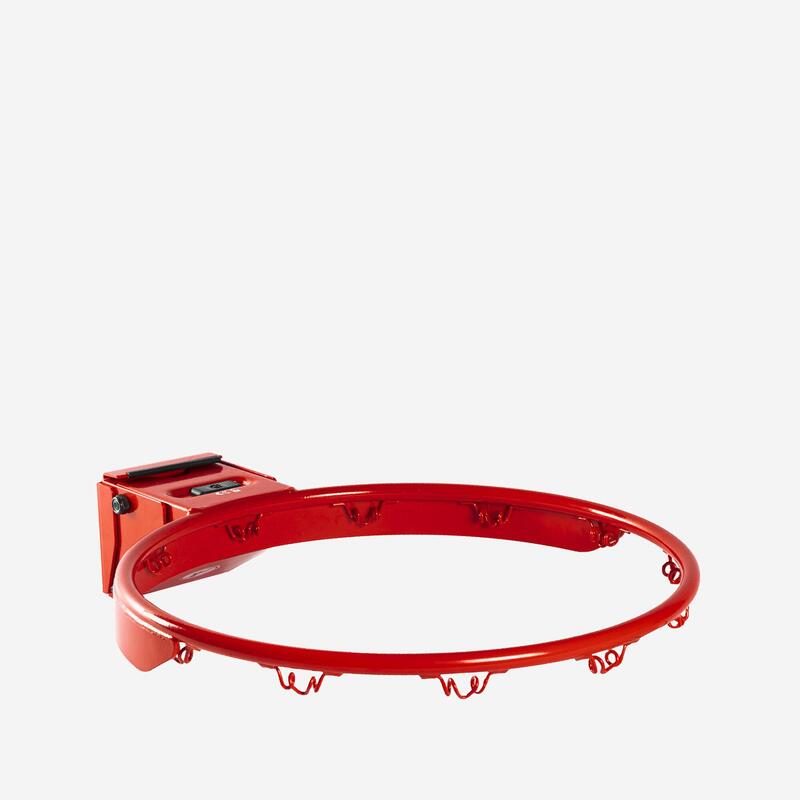The weight of your cue
Your American billiard cue weighs 540 g (19 oz). We cannot guarantee the exact weight of your cue. A tolerance of 10% must be allowed, since wood density can vary, even within the same wood species, depending on the forest harvested, its exposure to the sun or the section of the tree used (bole, crown, top).
The size of your tail
The BC 900 US cue measures 145 cm (57 inches): this is the standard size for billiard cues. Its size will enable you to adopt the right posture for your shots.
For balls further away, add your extension to the end of the cue shaft and gain 10 cm. Your cue will go from 145 cm to 155 cm in a matter of seconds.
The balance of your cue
Your cue has a balance of 51 cm, which means that the balance point is 51 cm from the end of the shaft.
If you're using an open bridge, the balance point must be in front of the gripping hand, otherwise the cue will "lift off" the top of your hand.
The balance point is generally of little consequence, apart from personal preference.
A barycenter further back will make your cue feel heavier; if it's further forward, your cue will feel lighter.
Why can't we guarantee the straightness of our cues?
All our cues are manufactured. Their straightness is checked individually, piece by piece, as they leave the factory. However, during transport and storage, billiard cues are subject to variations in temperature and humidity, which can alter their straightness over time.
This stability problem applies to all billiard cues on the market made from wood (maple, ash, poplar, ramin).
Why maple?
Maple is a particularly strong and resistant wood that is easy to machine. It can therefore be used to manufacture tapered arrows for French and American billiard cues.
Historically, American billiard cues were made from maple, because it was (and still is) a widespread wood species in North America (Canada). This choice (accessibility of raw material) in the manufacture of billiard cues has been preserved and has spread to French billiards.
Physical properties and technical data of maple
Maple, with a density of 0.64 and a Monnin hardness of 4.7, is classified as a medium-hard wood.
This species has a compressive strength of 55 MPa and a static bending strength of 100 MPa. Its longitudinal modulus of elasticity is 13,000 MPa. These are average measurements, which can be consulted, for example, on the CIRAD reference site.
Maple is a strong, resistant wood whose characteristics make it ideally suited to the manufacture of billiard cues.
How to preserve your cue?
To preserve the playing quality and straightness of your wooden cue for as long as possible, we recommend storing it in a protective cover or dedicated case. You can also store it vertically in a cue rack, but above all, don't leave it against a wall: you'll risk warping it. And yes, your cue is made of wood, so it's sensitive to changes in temperature and humidity.
Did you know? The process of your cue can be maintained.
The tip of your billiard cue may come unstuck over time, but don't worry, it happens with repeated impacts against the balls.
You'll just have to change it, and to do so, nothing could be simpler:
1/ Remove the damaged tip
2/ Sand the new one with sandpaper
3/ Glue the new tip (tip)
4/ Work the new tip
Denis, our product engineer, tells you more > https://support.decathlon.fr/changer-un-procede-comment-reparer-une-queue-de-billard
Why a tail cut in half?
For easy transport, your cue can be unscrewed in 2 parts at mid-length.
The steel/reinforced joint provides quality clamping and eliminates the impression of a 2-part cue when playing.
And with its ultra-fast screw thread, you can assemble and disassemble your cue in just 2 turns.
What's the purpose of the bumper at the end of the tail?
The heel of the shaft (the part you put on the floor!) is made of rubber: no risk of damaging the cue or the floor when you wait between shots!
Why a fiber-filled ferrule?
The ferrule, a cylindrical part at the end of the boom, serves to protect it from repeated shocks, for example when breaking. It is also the interface between the arrow and the process.
It is most often made of white plastic, brass, or (rarely!) stainless steel or other materials, such as titanium.
We have opted for a more resistant fiber design.
As a bonus, a fiber ferrule reduces deflection (deformation of the trajectory imparted to the white ball).
Team tip: how to aim well in billiards?
Visualize the points you want to hit on the 1-ball (the cue ball) and the 2-ball (the one you're aiming for), then concentrate on this line of sight. Look at your cue tip as you file (back and forth) to make sure you're hitting what you want. Your gaze should go from the 1-ball to the 2-ball and then back to the 1-ball. For even greater precision, you can place your head above your cue.
What's the difference between American billiards and English billiards?
English billiards is distinguished by its small yellow and red balls, while American billiards is made up of larger colored and numbered balls. English billiards has a smaller table and narrower pockets (holes) than American billiards. Finally, English billiards is designed to be defensive, whereas American billiards is more offensive.
To find out more about the differences, click here: https://conseilsport.decathlon.fr/billard-anglais-billard-americain-on-fait-le-point


